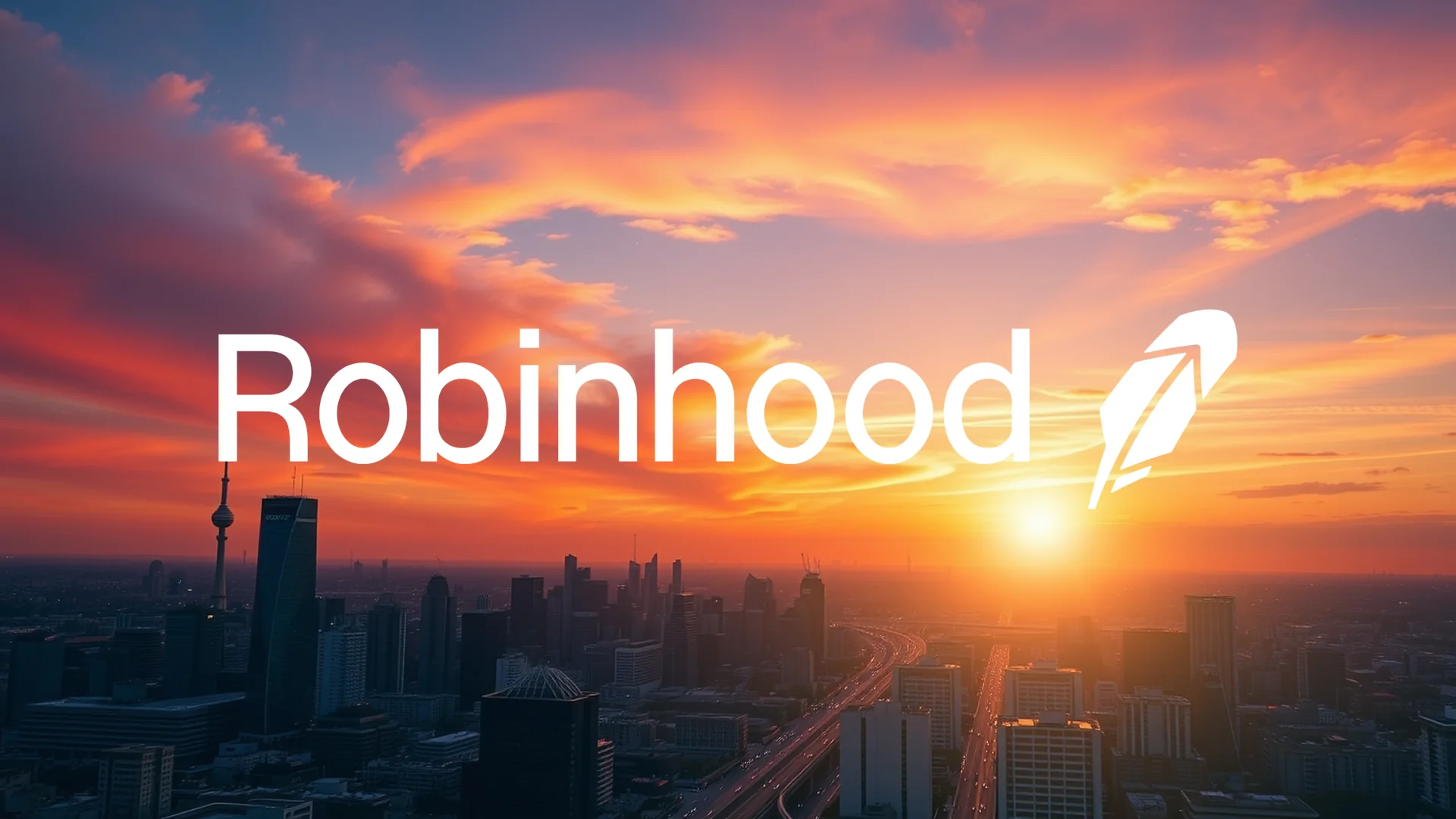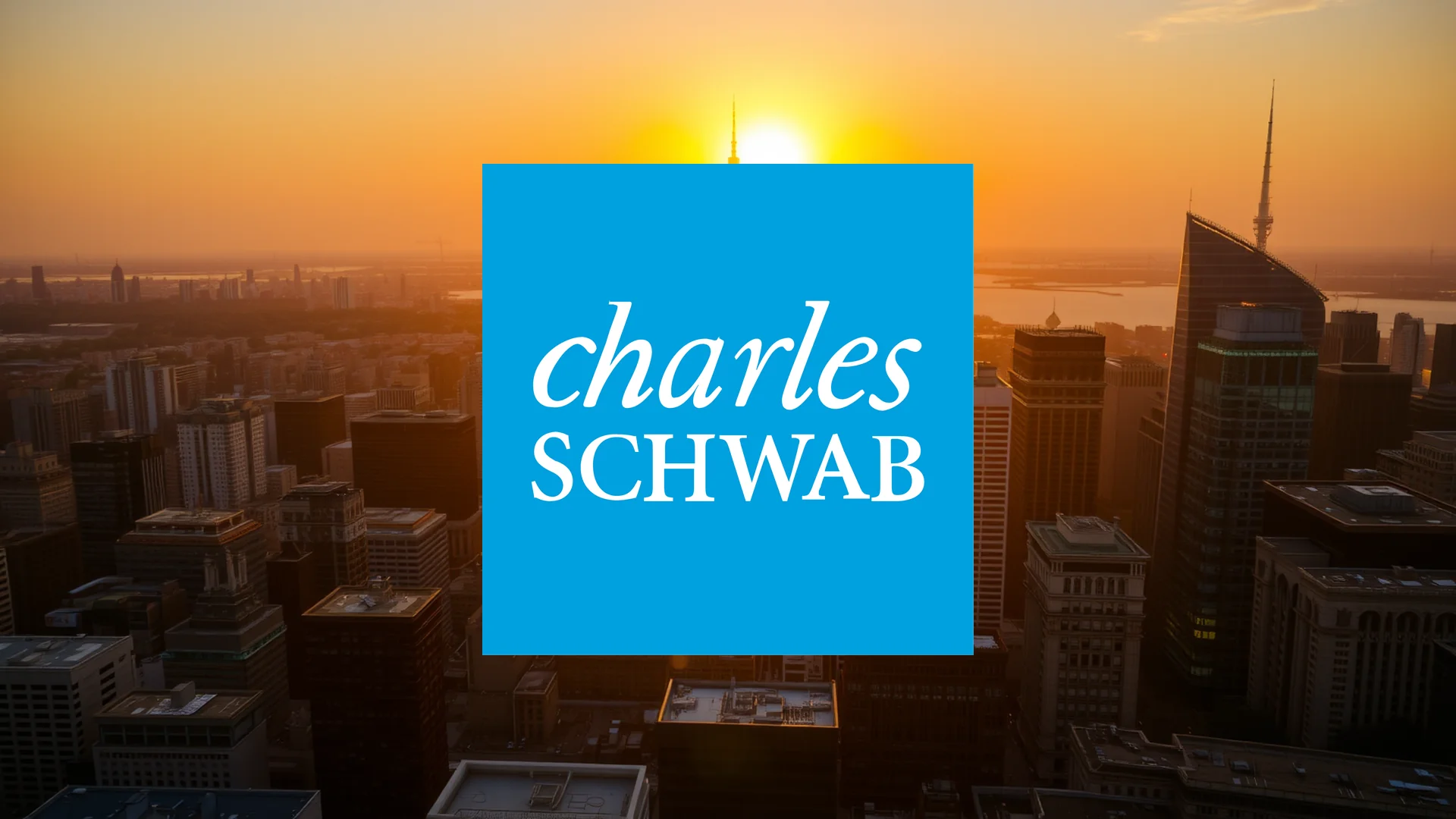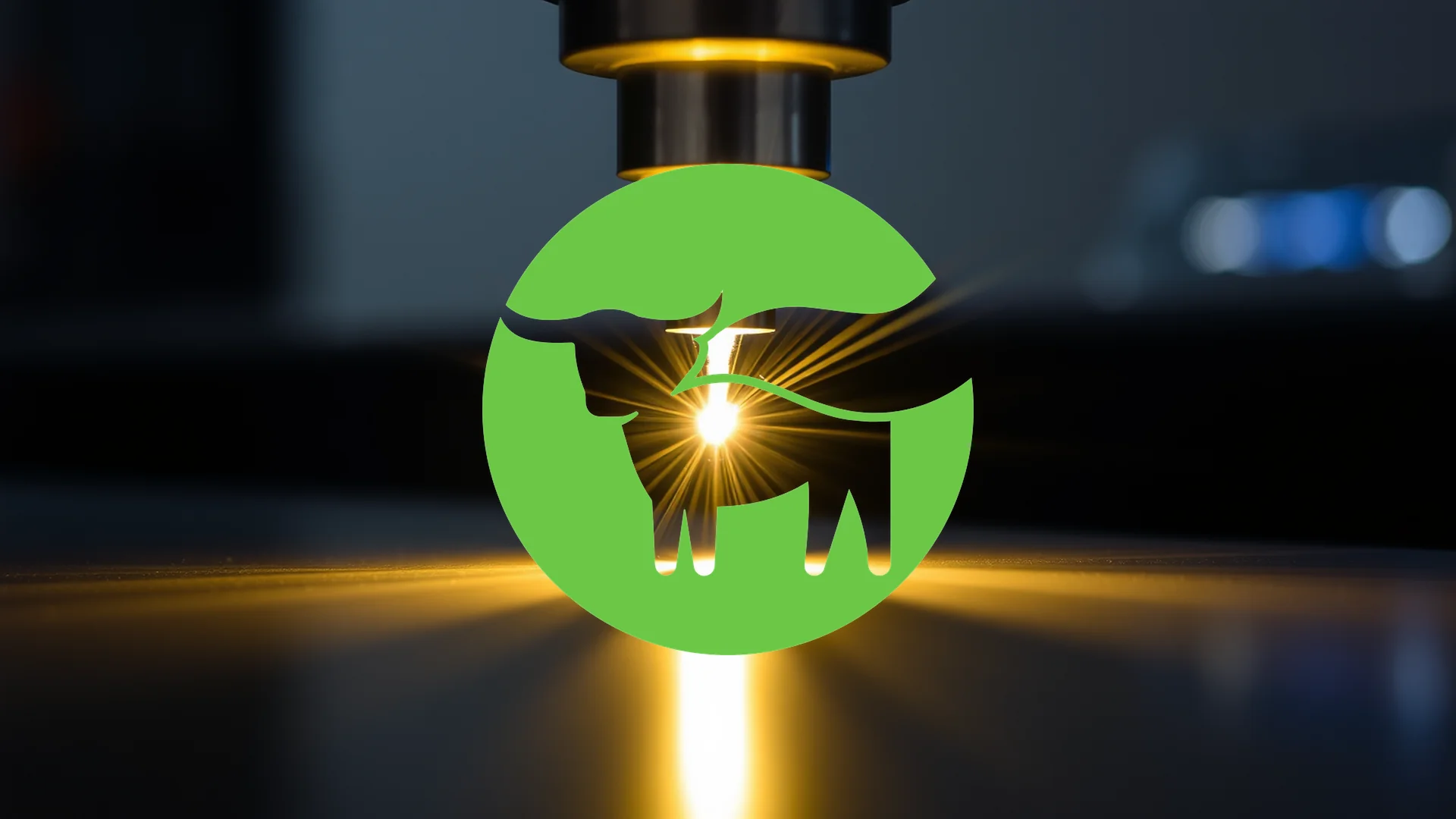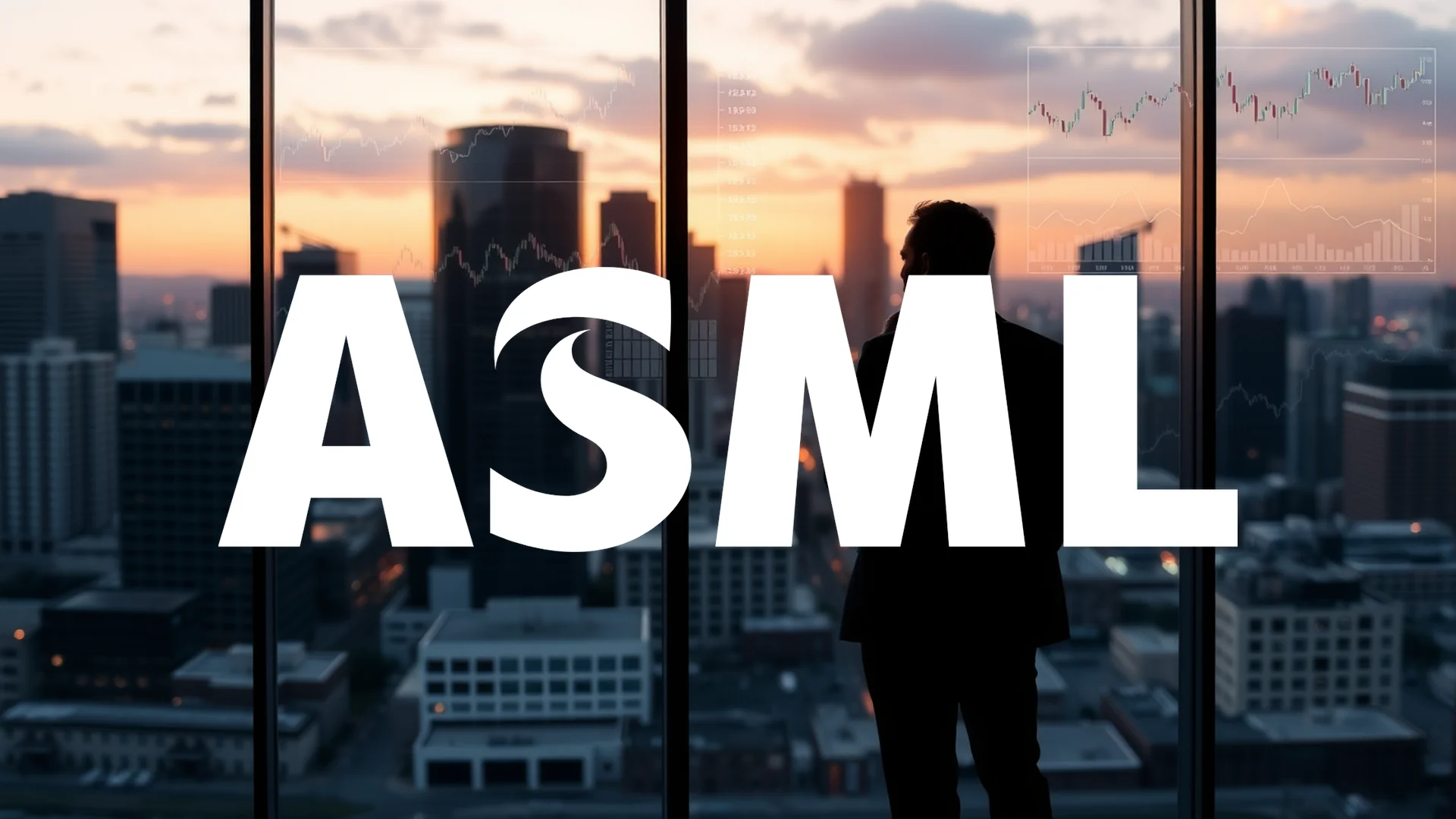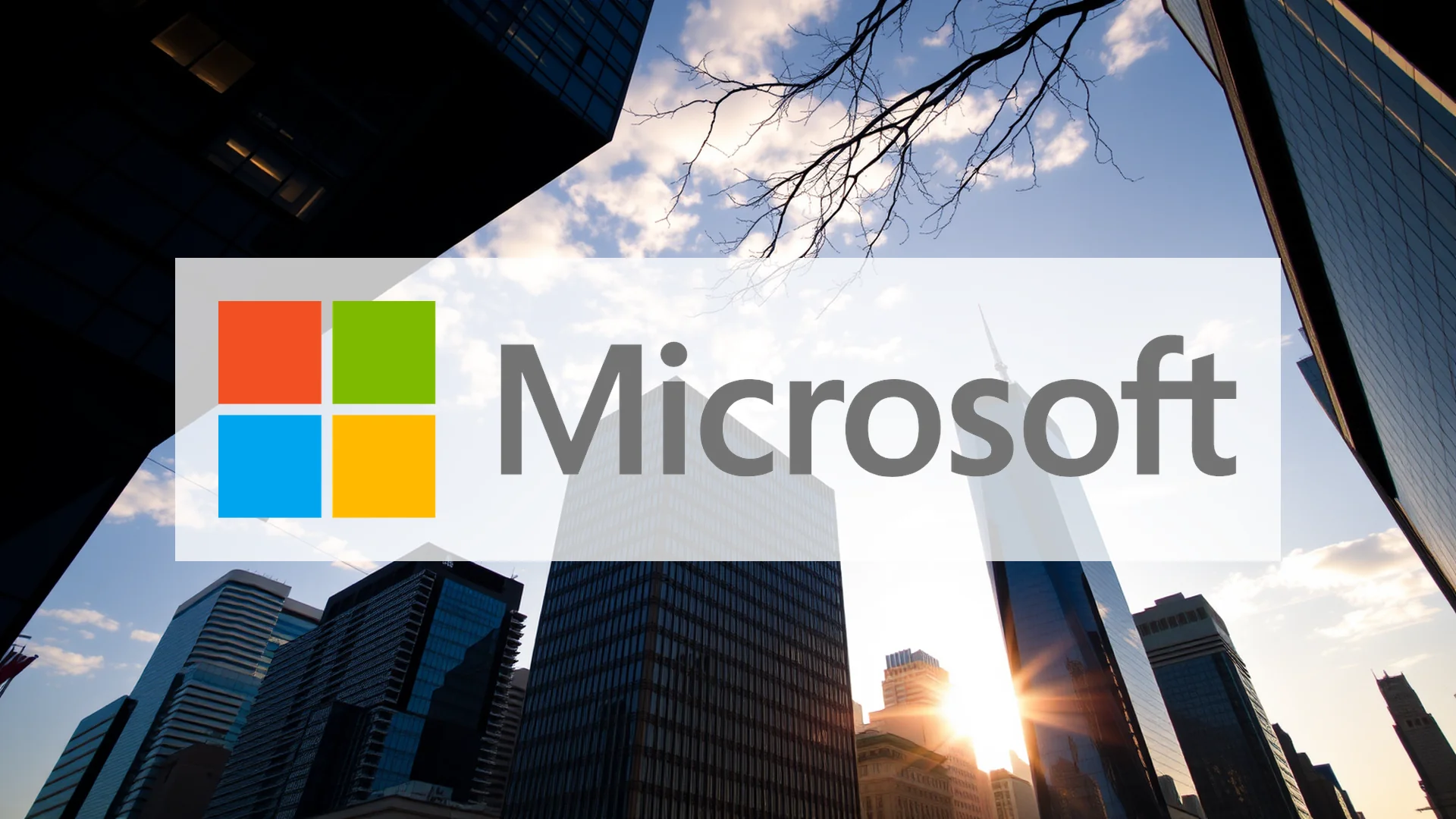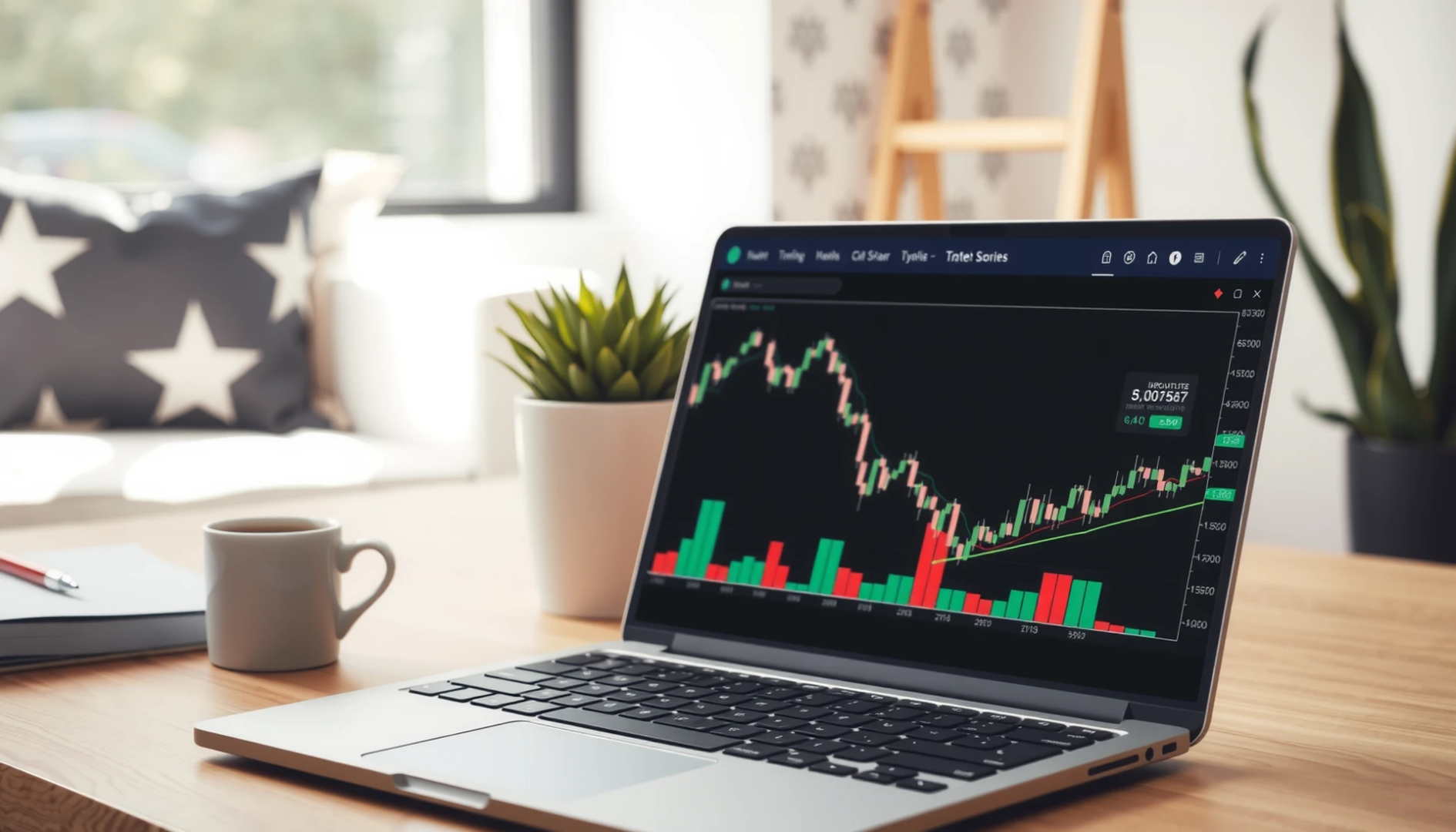Robinhood Markets finds itself at the confluence of three powerful market forces, creating a potentially transformative moment for the trading platform. The recent Federal Reserve interest rate cut, its imminent inclusion in the S&P 500 index, and a string of robust quarterly results have converged to generate exceptional momentum for the fintech firm.
Federal Reserve Policy Shift Lifts Financial Sector
This week, the Federal Reserve implemented a widely anticipated 25-basis-point reduction to the benchmark interest rate. While initial market uncertainty emerged from the central bank’s “dot plot” projections, which signaled fewer cuts in the coming year than investors had hoped, confidence quickly returned. This new monetary environment is particularly beneficial for Robinhood.
Market experts at Mizuho identify Robinhood, alongside Coinbase, as a primary beneficiary of the shifting rate landscape. The logic is compelling: lower yields on fixed-income investments make them less attractive, potentially driving capital toward riskier asset classes like equities and cryptocurrencies. This plays directly to Robinhood’s core business strengths.
A Landmark Achievement: Joining the S&P 500
Scheduled for Monday, September 22, Robinhood will achieve a corporate milestone by joining the prestigious S&P 500 index. The company is set to replace Caesars Entertainment in the benchmark, marking a remarkable turnaround for a broker that experienced a volatile public market debut back in 2021.
The market’s response to the index announcement was immediate and powerful. On September 8, the stock surged 15.8 percent, reaching a new 52-week high of $123.44 just two days later. Following this development, Bernstein analyst Gautam Chhugani set a new Street-high price target of $160 for the equity.
Should investors sell immediately? Or is it worth buying Robinhood?
Strong Fundamentals Support the Momentum
Robinhood’s upcoming index inclusion is firmly supported by its impressive operational performance. The company’s July quarterly earnings report showcased substantial growth:
- Net revenue surged to $989 million, a 45 percent year-over-year increase
- Earnings per share doubled, reaching $0.42
- The platform now serves 26.5 million funded customers
- Its Robinhood Gold subscription service grew 76 percent to 3.5 million subscribers
Further strengthening its position, the acquisition of crypto exchange Bitstamp is already paying dividends, contributing $7 billion in trading volume during Q2 and accelerating the company’s international expansion strategy.
Growth Trajectory and Valuation Considerations
The current outlook for Robinhood appears overwhelmingly positive. The combination of accommodative monetary policy, prestigious index inclusion, and strong fundamental metrics creates a powerful growth narrative. This optimism is reflected in raised price targets from analysts at KeyBanc and Mizuho, now at $135 and $145, respectively.
However, investors should note certain risks. With a price-to-earnings ratio of 72, the stock trades at a significant premium to the industry average. While this valuation incorporates high growth expectations, it also increases the stock’s vulnerability to a correction, particularly if retail trading activity shows signs of weakening.
The immediate effect of index fund buying is likely to provide a substantial boost on Monday. The critical question for long-term investors is whether Robinhood can leverage this momentum to successfully establish itself as a durable, diversified financial platform.
Ad
Robinhood Stock: Buy or Sell?! New Robinhood Analysis from December 20 delivers the answer:
The latest Robinhood figures speak for themselves: Urgent action needed for Robinhood investors. Is it worth buying or should you sell? Find out what to do now in the current free analysis from December 20.
Robinhood: Buy or sell? Read more here...

